Surfing Safety: Tips for Before You Get Into the Water
Surfing can be one of the most joyous ways to spend time on this Earth, but its very nature means that it also presents more risks than a lot of other activities. Failing to recognise these and be prepared for any scenario could have devastating consequences.
Thankfully there is plenty of advice to help ensure you stay safe. As any surfing instructor will tell you, proper preparation is as key to staying safe as any measures while out in the water. If you don’t account for all of the elements that go into surfing and plan accordingly, then you are going to run into trouble regardless of how you handle other uncertain moments on and off your board.
Be physically ready
In order to have the right strength and stamina to contend with the physical demands of surfing, particularly as you move beyond beginner level, you must work routinely on your fitness outside of the water. Focusing on the key muscles needed will help with your balance and paddling ability, and if you aren’t already a competent swimmer then taking some lessons so that you can at least swim for 500m should be enough to get yourself back to shore should you suddenly need to.
You should always stretch well and get your body warmed up with a few exercises, and don’t eat within an hour before hitting the water, to avoid cramps or stiffness leading to injury. It’s also highly reckless to head out surfing while under the influence, as your senses and judgement will both be affected, increasing the chances of terrible accidents or struggling with the sea itself. Always surf sober is what we’re saying!
Know what you’re getting yourself into
We mean this tip in the most literal sense possible. Research ahead of going to a surfing spot for the first time what you should expect there. Does your ability match up to the scale of waves the area is known for, or could you quickly find yourself out of your depth and an impediment to others? What are the conditions to be like and are you equipped to cope in rough currents or extreme colds? Or even blistering heat, when you should be well hydrated and wearing sunscreen designed for watersports? These are the kind of things you need to ask, as well as whether there are local laws you must adhere to. Know your limits, know what to expect and don’t go in blind.
Invest in good quality gear
In Ireland and the UK at least, the water is almost always going to be on the low end of the temperature scale, so you’ll need to be wearing the right wetsuit to keep your body insulated. In our previous blog post we discussed the dangers of getting too cold when in and out of the water, and we would advise checking it out to get the full understanding of what can happen. It’s more than just catching a cold; pneumonia and hypothermia are amongst the very real possibilities when we’re submerged without protective wear. Whether buying or renting a wetsuit, this is a great guide to help you know what you need.
There are all sorts of other accessories you can look into to bolster your safety levels in different ways when surfing. From surfing helmets, rashguards and ear plugs, to even boots made to protect feet from reefs, some of these you have a need for and others not, but if you’re in this sport for the long haul then it’s worth looking at the benefits they could offer.
The other obvious piece of equipment is your surfboard and it should come as no surprise that this should be chosen so that it’s suitable for you to use. A board that’s seen better days and has picked up some damage could break while you’re in the water and leave you seriously hurt or hit someone else. Make sure to frequently check your surfboard for cracks and dings, which are dents the material develops from pressure points over time. These will turn into cracks, which let water in and damage your board.
If you notice any small cracks or dings you can fix this by properly applying ding tape over the area, while more substantial openings should be repaired by a surf shop.
If you’re thinking about purchasing a brand new board then Wild Atlantic Surfboard Company has a range for all ability levels, designed and crafted by some of the world’s best shapers. Click here to shop our selection. We’re happy to help you decide on a surfboard that’s safest for you.
Educate yourself on riptides and rip currents
Newcomers to surfing can easily be caught off guard and thrown into deadly distress by what are known as riptides and rip currents. These are different ways the water pushes back out towards the sea as a result of the force of waves and the tide. The powerful streams created can leave anyone completely overwhelmed and in a panic to regain control. But trying to fight through the flow of the current will only leave you drained, which is the worst thing you can do along with mistaking a rip for a gap in the waves to start with.
Whatever you do, don’t swim directly against the current when caught in a rip. Instead, try to paddle through the side of the direction it’s pushing in, so that your body is parallel to the shore. Aim for whitewater and breaking waves, where it will be safer, and if you can’t then wave one arm to signal for help and concentrate on staying afloat. If you stay calm and react quickly you should usually be able to break free and return safely to land. As with most things in surfing, experience is what builds the best education, but we would urge you to really do your reading first and foremost on riptides and rip currents.


















